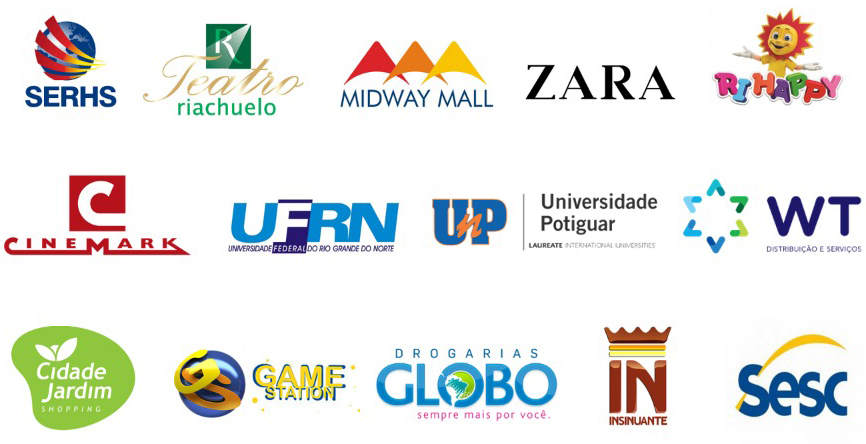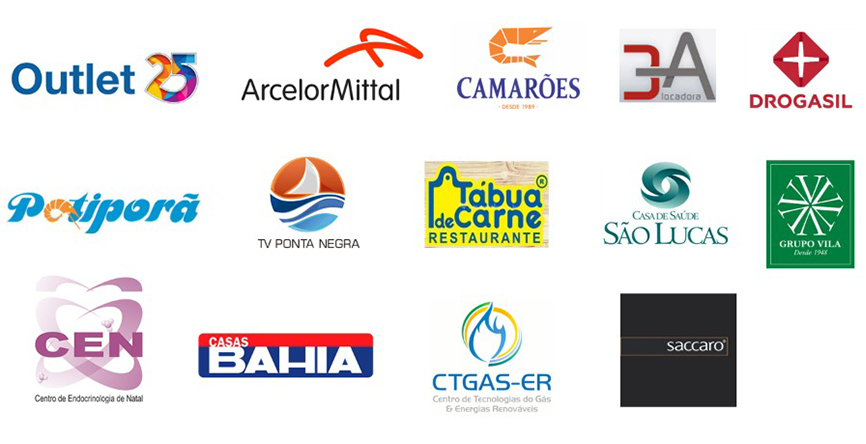

The two most commonly used accounting methods for this purpose are FIFO and LIFO. Inventory accounting plays a critical role in portraying the financial well-being of a business, based on its inventory. It can include many factors, including the movement of stock, daily variations in quantity, aging inventory carrying costs and even deadstock.
Inventory accounting is how a business values its stock on hand, breaks down purchase costs, and stays profitable. Without it, you’ll struggle to achieve the financial visibility you need to make the right decisions at the right time. The LIFO method or last-in, first-out technique asserts that the last stock added to inventory will be the first sold. At the end of an accounting period, the inventory leftover would be the oldest purchased goods.
Inventory can take different forms depending on the nature of the business. It can include raw materials, which are the basic components used in production. Work in progress refers to partially completed products that are still undergoing manufacturing processes. Properly categorizing inventory is essential for accurate valuation and tracking.
Consumer demand is a key indicator that can determine whether inventory levels will turn over at a quick pace or if they won’t move at all. Higher demand typically means that a company’s products and services will move from the shelves into consumers’ hands quickly, while weak demand often leads to a slow turnover rate. Inventory as an entity does not count directly as income on a person’s income statement. Nonetheless, the inventory’s value is directly linked to the business’ revenue and overall income.
Work-in-progress inventory is the partially finished goods waiting for completion and resale. A half-assembled airliner or a partially completed yacht is often considered to be a work-in-process inventory. Suppose Lisa runs a beauty store and decides to purchase lipstick to sell to customers.
Consignment inventory is the inventory owned by the supplier/producer (generally a wholesaler) but held by a customer (generally a retailer). The customer then purchases the inventory once it has been sold to the end customer or once they consume it (e.g., to produce their own products). Periodic inventory is better suited for small business accounting, while perpetual inventory is more suitable for companies with thousands of products and multiple retail outlets. Any equipment or asset used to facilitate sales is not your inventory; its an asset. Example-If you are in the online sales business for books, the vehicle used to deliver books to customer’s houses is not your inventory; books are your inventory. Business owners need to purchase different items for running their business.
It breaks down the essential terms, methodologies and best practices that ensure accurate accounting for inventory. Because of the varying time horizons and the possibility of differing costs, using a different system will result in a different value. Analysts must account for this difference when analyzing companies that use different inventory systems. There is an interplay between the inventory account and the cost of goods sold in the income statement — this is discussed in more detail below.
Part of running a professional business ensures all government and industry-specific laws and regulations are followed as necessary. Companies and individuals must produce the appropriate financial statements and income tax returns each year as dictated by their country’s revenue collection agency. Failure to comply will result in fines and penalties and possible incarceration.
Last-In, First-Out (LIFO) is an inventory accounting method that assumes the most recently acquired items are the first to be sold. In this system, the latest inventory costs are the first to be expensed as Cost of Goods Sold (COGS), while older costs remain in inventory. LIFO is useful for non-perishable items and in industries where prices are rising, as it minimizes income taxes due to higher COGS. By understanding the different inventory accounting methods and implementing best practices in inventory management, businesses can optimize profitability, streamline operations, and make informed decisions.
If Robert uses LIFO to determine the cost of his inventory, the first necklace sold will be priced at $30, even if it came from the previously ordered stock. Following the last-in, first-out method, the first 50 necklaces would be assigned the cost of $30, while the following 100 necklaces sold would be priced at $25. Opening inventory balance and ending inventory balance will need how to write down inventory to be recorded on the balance sheet each period. Accounting and inventory may seem like two separate yet critical components of any business, but they are linked. Accounting for inventory by calculating inventory in accounting terms is a specific and single part of a business’s success. If your business deals with inventory, you need to know all of what we laid out in this article.
As a result, they often outperform, since this helps with the efficiency of its sale of goods. Consider a fashion retailer such as Zara, which operates on a seasonal schedule. Because of the https://www.simple-accounting.org/ fast fashion nature of turnover, Zara, like other fashion retailers is under pressure to sell inventory rapidly. Zara’s merchandise is an example of inventory in the finished product stage.
Wholesalers often deal with a wide range of inventory items and must choose an accounting method that accommodates varying costs and turnover rates. The choice of method should consider factors such as product obsolescence, market fluctuations, and pricing strategies. Wholesalers may opt for FIFO or weighted average methods depending on their specific requirements. Manufacturers must consider the flow of inventory from raw materials to finished goods and choose an accounting method that accurately reflects this flow. FIFO may be suitable for manufacturers with consistent production processes, while LIFO may be beneficial for those facing rising material costs. The choice of method should align with the company’s production cycle and inventory management practices.
COGS and the write-down represent reductions to the carrying value of the company’s inventories, whereas the purchase of raw materials increases the carrying value. Companies aim to optimize their DIO by quickly selling their inventories on hand, i.e. a lower DIO implies the company is more efficient at inventory management. The term inventory accounting encompasses several inventory bookkeeping strategies. Here are some common examples of inventory in accounting and key considerations for each approach.
If your business deals with a large quantity of inventory, you should think about investing in an inventory management software system. What we laid out before may seem simple enough, but running and coordinating supply chains and controlling and overseeing purchases is anything but. Whoever’s in charge has to manage suppliers as well as customers, maintain stock levels, control the amount of product that’s for sale and fulfill orders. All of this is important because having good inventory management can help you reduce costs, fulfill orders, provide better customer service and prevent waste.
NOSSOS CLIENTES

